Pure India Organic Henna Powder offers a natural, chemical-free alternative for vibrant hair color and improved hair health. Sourced from the finest Lawsonia inermis leaves, it is a rich, finely milled powder that imparts beautiful reddish-brown tones, effectively covering grey hairs while deeply conditioning each strand. Henna strengthens hair from root to tip, reducing breakage and hair fall, promoting overall growth. Its natural antifungal and antimicrobial properties also cleanse the scalp, alleviating dandruff, itchiness, and balancing oil production for a healthier scalp environment
Natural Conditioning and Shine: Henna acts as an excellent natural conditioner, coating each hair strand and sealing the cuticles. This helps to lock in moisture, reduce frizz, and leave hair feeling softer, smoother, and more manageable with a beautiful natural shine.
Strengthens Hair and Reduces Breakage: Rich in proteins and antioxidants, henna fortifies the hair shaft from root to tip. Regular use can significantly reduce hair breakage and fall, making hair more resilient and elastic.
Promotes Healthy Hair Growth: Henna helps stimulate blood circulation in the scalp and creates a healthier environment for hair follicles. By balancing scalp pH and providing essential nutrients, it supports stronger, thicker hair growth and can help prevent hair fall.
Combats Dandruff and Soothes Scalp: Its natural antifungal and antimicrobial properties are highly effective in treating dandruff, reducing scalp itchiness, and calming irritation. It helps cleanse the scalp by breaking down excess oil and product buildup.
Balances Oil Production: For those with oily scalps, henna can help regulate sebum production without stripping the scalp of necessary moisture, leading to a more balanced and healthier scalp environment.
Covers Grey Hair Naturally: As a natural dye, henna effectively covers grey hairs, imparting rich reddish-brown tones without the harsh chemicals found in synthetic dyes, which can often damage hair.
How to Use Henna for Natural Hair Dye Application:
Preparation (The Night Before/4-12 Hours Ahead):
Choose a Non-Metallic Bowl: Henna can react with metal, so use a glass, plastic, or ceramic bowl for mixing.
Mix Henna Powder with Liquid: Gradually add warm liquid (see “Suggested Other Ingredients” below) to the henna powder, stirring continuously to form a smooth, lump-free paste. The consistency should be like thick yogurt or pancake batter – not too runny, not too thick.
Dye Release (Crucial Step): Cover the bowl with plastic wrap and let the paste sit at room temperature for 4 to 12 hours (or even overnight). This allows the dye molecule (lawsone) to be released from the plant material, ensuring optimal color payoff. You’ll often see a reddish-brown liquid pooling on top when it’s ready.
Hair Preparation:
Clean Hair: Wash your hair with a clarifying shampoo to remove any dirt, oil, or product buildup. Do NOT use conditioner, as it can create a barrier that prevents henna from penetrating effectively.
Towel Dry: Your hair should be damp or dry, but not dripping wet.
Protect Your Skin: Henna can stain skin. Apply a thin layer of petroleum jelly, coconut oil, or a rich cream along your hairline (forehead, ears, neck). Wear old clothes and gloves to protect your hands. Keep a damp rag nearby for quick clean-ups.
Application:
Section Your Hair: Divide your hair into small, manageable sections using clips. This ensures even coverage.
Apply Generously: Starting from the roots, apply the henna paste liberally to one section at a time. Work your way down to the tips, ensuring every strand is thoroughly saturated. Henna doesn’t spread as easily as chemical dyes, so be generous.
Coil and Secure: As you finish each section, twist it into a small bun on top of your head. The sticky nature of the paste will usually hold it in place.
Cover Your Hair: Once all hair is covered, wrap your head tightly with plastic wrap or put on a shower cap. This helps to keep the henna moist and warm, which aids in dye absorption.
Waiting Time:
For Conditioning/Subtle Tint: Leave on for 1-2 hours.
For Deeper Color & Grey Coverage: Leave on for 2-4 hours, or even up to 6 hours for very resistant grey hair or a darker shade. Some people leave it overnight for maximum color.
Rinsing:
Thorough Rinse: Rinse your hair thoroughly with plain warm water. This is the most time-consuming part! Keep rinsing until the water runs clear and no more gritty particles come out.
Condition if Needed: You can use a lightweight conditioner to help detangle and rinse out the henna. Avoid shampoo for 24-48 hours to allow the color to fully oxidize and deepen.
Observe Color Development: The final color will often deepen over the next 24-48 hours as it oxidizes in the air.
Dosage (General Guidelines for Pure Henna Powder):
The amount of henna needed depends on your hair length and thickness.
Short Hair / Pixie Cut: 50-75 grams
Shoulder-Length Hair: 100-150 grams
Mid-Back Length Hair: 200-250 grams
Waist/Hip-Length Hair: 300-500 grams
It’s always better to mix a little extra than to run out during application.
Suggested Other Ingredients for Making Dye (Enhancing Color & Benefits):
Adding acidic liquids and other natural ingredients can influence the final color, conditioning properties, and scent.
For Dye Release & Reddish Tones:
Warm Black Tea or Coffee Decoction: Instead of plain water, use strong brewed black tea or coffee (cooled to warm). These can help deepen the reddish tones and provide richer color.
Lemon Juice / Apple Cider Vinegar: A small amount (1-2 tablespoons per 100g henna) can help facilitate dye release due to their acidity, especially for covering greys. Be cautious, as too much can be drying for some hair types.
For Deeper Tones (Especially if aiming for brown/black over pure red):
Indigo Powder: This is crucial for achieving brown to black shades. Henna provides the red base, and indigo provides the blue, which combine to create darker tones. It’s often a two-step process (henna first, then indigo), or a combined application depending on the desired shade.
For Brown: Mix henna and indigo in ratios like 1:1 or 2:1 (henna:indigo).
For Black: A two-step process is usually recommended: apply henna first (rinse after 2-4 hours), then immediately apply indigo paste (mixed with warm water and a pinch of salt, no dye release needed for indigo) for 1-2 hours.
Amla Powder (Indian Gooseberry): About 1-2 tablespoons per 100g of henna. Amla helps darken the henna color, often giving more brownish-red tones rather than pure orange-red. It also promotes hair growth and prevents premature greying.
For Conditioning & Hair Health:
Yogurt: 2-3 tablespoons. Adds protein, conditions, and makes the paste smoother to apply.
Aloe Vera Gel/Powder: 2-3 tablespoons gel or 1 tsp powder. Hydrates, soothes the scalp, and makes the paste less drying.
Coconut Milk: Can be used partially or entirely as the liquid. Rich in fatty acids, it nourishes and makes the paste very creamy.
Fenugreek Powder (Methi): Soaked overnight and blended into the paste. Great for conditioning, reducing hair fall, and combating dandruff.
Honey: 1-2 tablespoons. A natural humectant that adds moisture and shine.
Essential Oils: A few drops of lavender, rosemary, or tea tree oil can add fragrance and offer additional scalp benefits.
Important Considerations:
Patch Test: Always do a patch test on a small, hidden section of hair (and skin) 24-48 hours before full application to check for allergies and predict the final color.
Pure Henna: Ensure you are using 100% pure henna powder (Lawsonia inermis). Avoid “black henna” or “chemical henna,” which often contain PPD (para-phenylenediamine) and other harsh chemicals that can cause severe allergic reactions and hair damage.
Consistency is Key: The right paste consistency is crucial for easy application and good color deposit.
Patience: Natural hair dyeing with henna is a slower process than chemical dyes, but the results are often healthier and more vibrant. SHORT DESCRIPTION




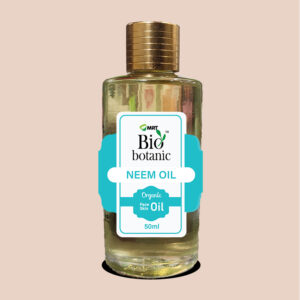
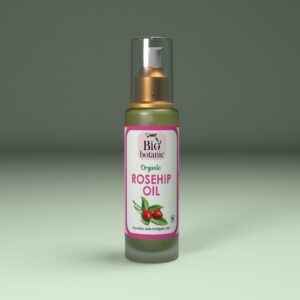
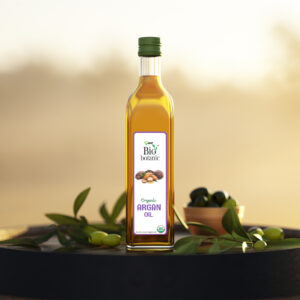
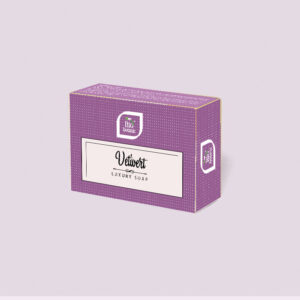
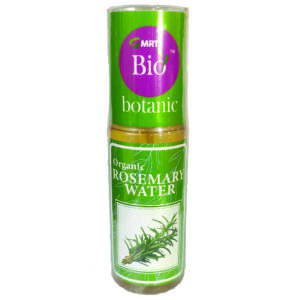
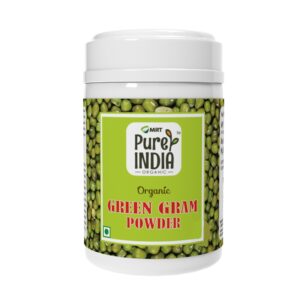
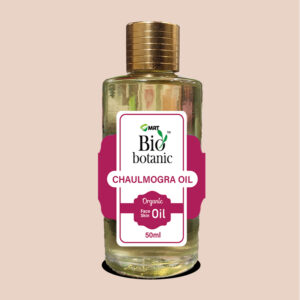
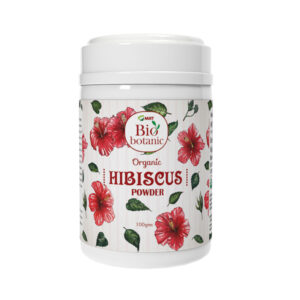
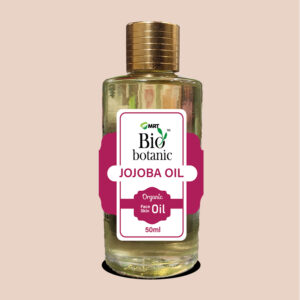
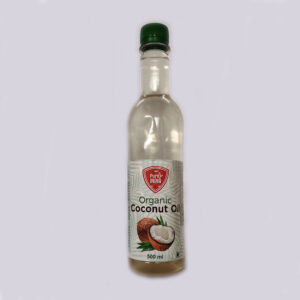
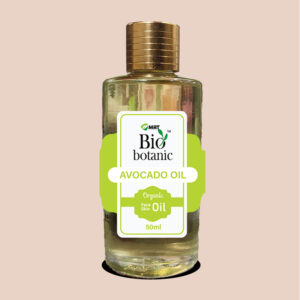





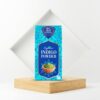

Reviews
There are no reviews yet.